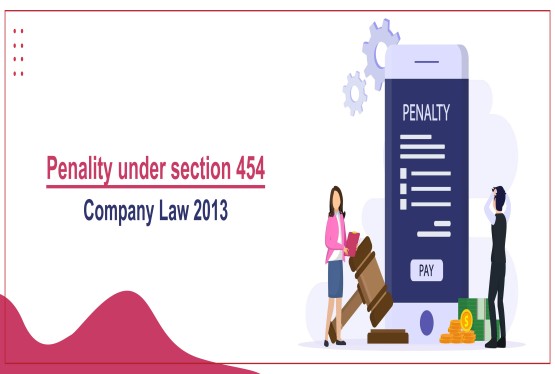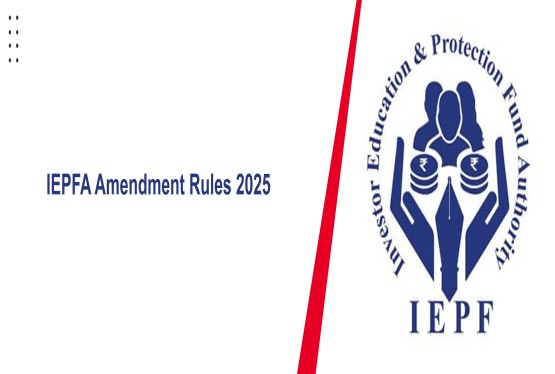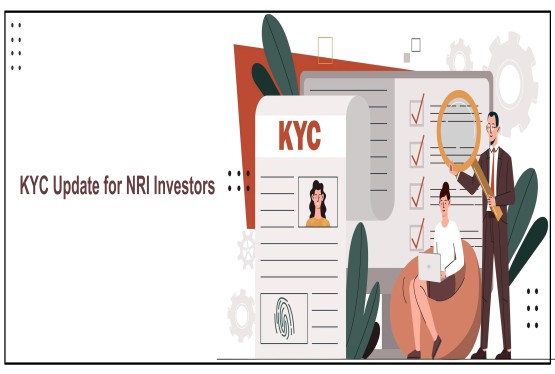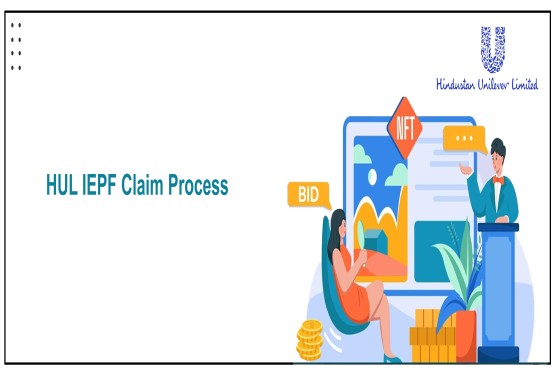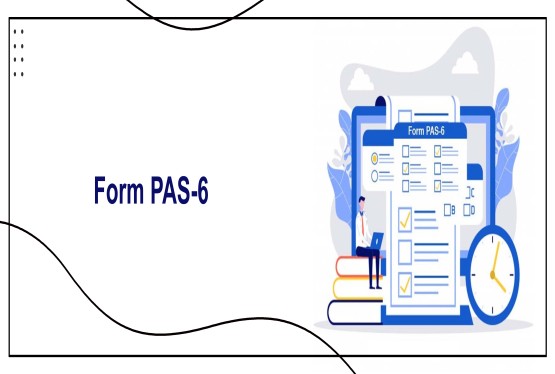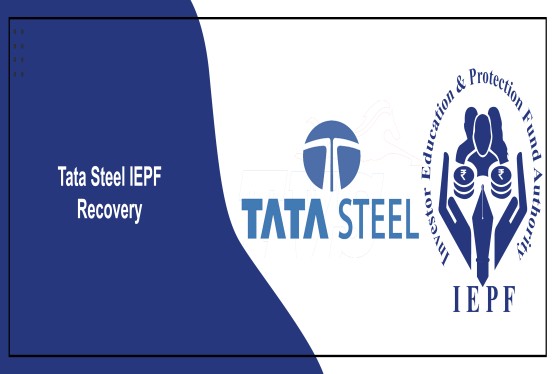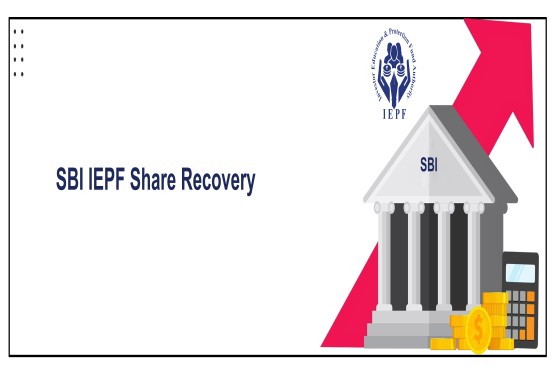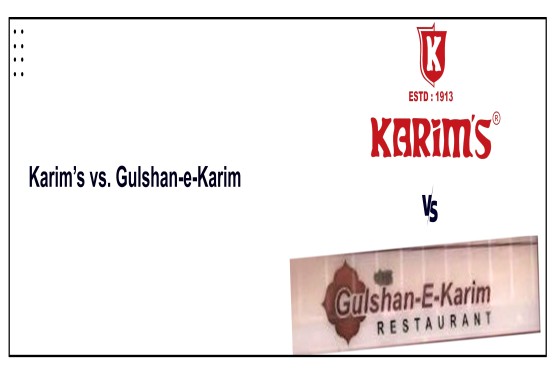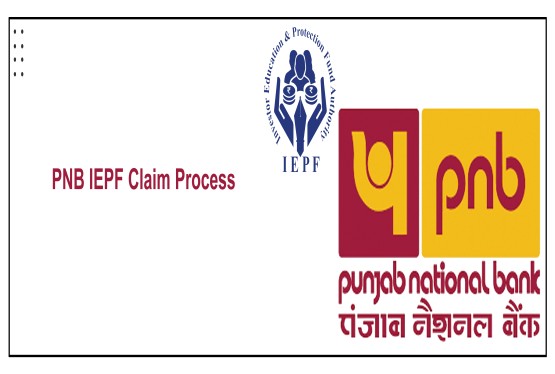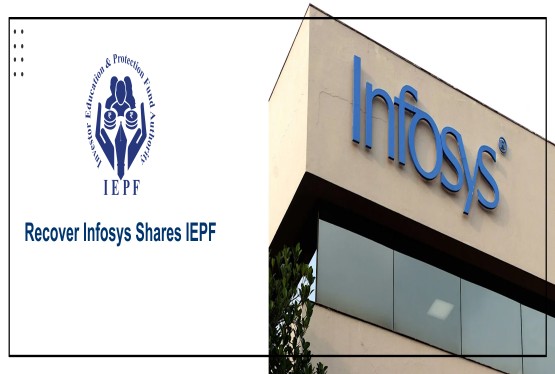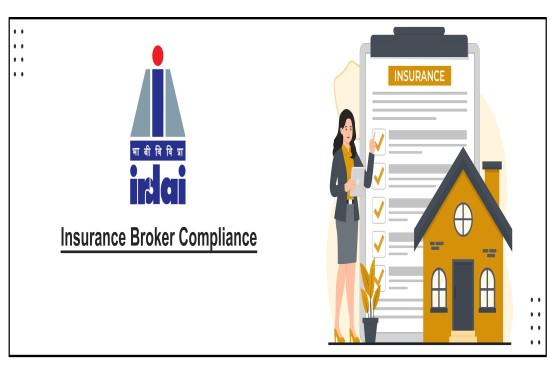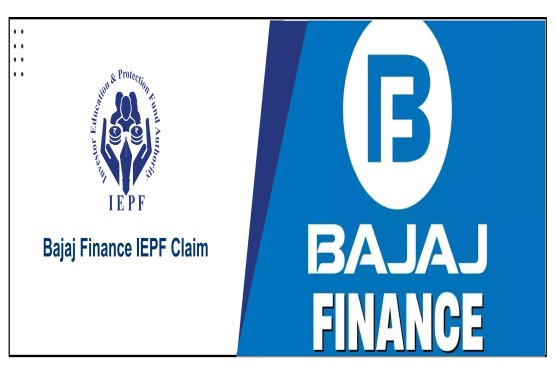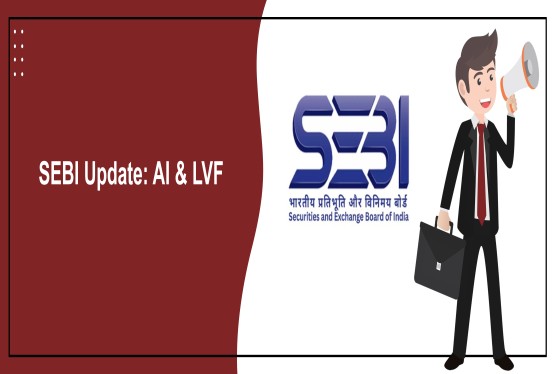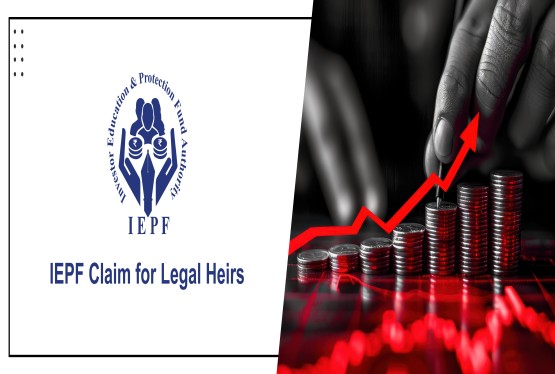Form STK-2 is an official form introduced by the Ministry of Corporate Affairs (MCA) for companies seeking to strike off their name from the Register of Companies. This form enables companies that are no longer operational or have no future plans of conducting business to voluntarily wind up their operations in a legally compliant manner.
Introduced as part of the Companies (Removal of Names of Companies from the Register of Companies) Rules, 2016, Form STK-2 came into effect on 5th April 2017, streamlining the process of voluntary closure under Section 248(2) of the Companies Act, 2013. Filing this form is important, as failure to do so may result in penalties, continued compliance requirements, and even disqualification of directors.
Learn more about STK-2 Company Closure or Voluntary Strike Off Under Section 248 of the Companies ACT 2013.
In the sections ahead, we explore the eligibility, procedure, required documents, and legal implications associated with Form STK-2.
What is STK-2 Form?
Form STK-2 is an application filed with the Registrar of Companies (ROC) under Section 248(2) of the Companies Act, 2013, to officially remove a company’s name from the records. In simple terms, it is the legal way for a company to voluntarily shut down when it’s no longer doing business.
Rather than continuing to comply with regulatory filings and annual formalities, companies that are inactive or have no future business plans can use Form STK-2 as a cost-effective exit option. This form is particularly helpful for defunct private companies, startups that never took off, or businesses that have ceased operations but still exist on paper.
The Ministry of Corporate Affairs (MCA) introduced this form as part of its move toward ease of doing business, and it has been available for e-filing on the MCA portal since April 5, 2017.
Illustration:
Consider a private limited company incorporated in 2021 with the intention of launching a tech-based service but which never commenced operations or raised funds. If by 2025, the promoters decide not to proceed further, they may file Form STK-2, provided all legal requirements are met, to formally wind up the company and avoid future regulatory burdens.
Eligibility criteria for filling STK-2 Form
Not every company can file Form STK-2 there are specific conditions that must be met. Here's a simplified look at who is eligible:
-
Type of Company: Only certain types of companies can apply. These include Private Limited Companies, One Person Companies (OPC), and unlisted Public Companies. Listed companies or companies under investigation are not eligible.
-
No Outstanding Dues: The company should have no pending liabilities or dues whether with the Registrar of Companies (ROC), Income Tax Department, or GST authorities. Everything must be settled before applying.
-
No Business Activity: The company must have been inactive for at least two financial years in a row. This means it hasn’t carried on any operations or generated any business during that time.
-
Approvals Required: Before filing, the company must get the go-ahead from its internal decision-makers. That includes a Board Resolution, and in most cases, approval from at least 75% of the shareholders through a special resolution.
In short, if a company hasn’t done any business for two years, has no dues left, and gets proper internal approvals, it can apply for strike-off using Form STK-2.
Documents Required for Filling STK-2
In accordance with Section 248(2) of the Companies Act, 2013, read with Rule 4(1) of the Companies (Removal of Names of Companies from the Register of Companies) Rules, 2016, a company seeking to voluntarily remove its name from the Register of Companies is required to file Form STK-2 along with the following mandatory enclosures:
Indemnity Bond (Form STK-3)
An Indemnity Bond shall be executed individually by each director, in Form STK-3, on a non-judicial stamp paper, and duly notarized. This bond affirms that the directors shall indemnify any person for any losses that may arise even after the company is struck off.
Affidavit (Form STK-4)
Each director of the company shall submit a duly sworn Affidavit in Form STK-4, declaring, inter alia:
-
That the company has ceased to carry on business.
-
That the company has no assets or liabilities as on the date of the application.
-
That there are no pending litigations or investigations against the company. The affidavit must be executed on non-judicial stamp paper and notarized.
Statement of Accounts
A Statement of Accounts containing the company’s assets and liabilities, made up to a date not more than thirty days prior to the date of filing of the application. Such a statement must be:
-
Certified by a Chartered Accountant in practice.
-
Duly signed by at least two directors (or one, in case of a One Person Company).
Copy of Special Resolution or Consent of Members
A certified true copy of the:
-
Special Resolution passed at a general meeting, or
-
Consent of 75% of members in terms of paid-up share capital (where a general meeting has not been convened), authorising the application under Section 248(2).
Such resolution or consent must specifically authorise the filing of Form STK-2 for voluntary strike-off.
Statement of Pending Litigations
A declaration detailing any pending litigations involving the company, if any, along with particulars of such proceedings. If there are no pending litigations, a clear statement to that effect must be provided.
Identity and Address Proof of Directors
Self-attested copies of the Permanent Account Number (PAN) and Aadhaar Card (or any valid government-issued photo ID and address proof) of all directors signing the application and annexures.
Incorporation Documents
Although not explicitly mandated as a separate annexure under Rule 4, it is advisable to keep ready:
-
A copy of the Certificate of Incorporation,
-
The Memorandum and Articles of Association, in case the ROC seeks further verification or supporting documents during processing.
Additional Declarations in Form STK-2
As part of the filing, the Managing Director or any duly authorised Director shall digitally sign the application and declare that:
-
The company is not subject to any inspection, inquiry, or investigation.
-
No prosecution is pending against the company.
-
The company has no outstanding public deposits, secured or unsecured loans, or statutory dues.
-
All liabilities have been settled or extinguished.
-
The company has complied with all applicable provisions of the Companies Act and the rules made thereunder concerning the removal of name from the register.
Procedure for Filing Form STK-2: A Detailed Step-by-Step Guide
The process for voluntarily removing the name of a company from the Register of Companies through Form STK-2 is governed by Section 248(2) of the Companies Act, 2013, and the Companies (Removal of Names of Companies from the Register of Companies) Rules, 2016. The following is an exhaustive step-by-step guide outlining the compliance mechanism:
Step 1: Convening the Board Meeting
The process begins with calling a Board Meeting in accordance with the provisions of the Companies Act and the company's Articles of Association. The objectives of this meeting include:
-
Approving the proposal for voluntary strike-off of the company.
-
Fixing the date for the convening of a general meeting of shareholders (if applicable).
-
Authorising a director or professional to initiate the process and file the necessary forms with the Registrar of Companies (ROC).
A Board Resolution is passed to formally initiate the closure procedure and to approve the preparation of Form STK-2 and accompanying documentation.
Step 2: Settlement of Liabilities and Statutory Filings
Before proceeding with the application, the company must:
-
Clear all outstanding dues, including taxes (Income Tax, GST, VAT, etc.), employee liabilities, statutory payments, and payments due to creditors.
-
Ensure that all pending filings with the ROC have been completed, including:
-
Financial statements (Form AOC-4)
-
Annual returns (Form MGT-7 or MGT-7A)
Companies with pending compliance will not be considered for strike-off unless such defaults are regularised.
Step 3: Shareholder Approval through Special Resolution
After Board approval, the company must obtain consent from its shareholders:
-
A Special Resolution must be passed at a General Meeting, authorising the filing of Form STK-2.
-
Alternatively, the consent of not less than 75% of shareholders, based on paid-up share capital, may be obtained if a meeting is not held.
The resolution must specifically state that the company seeks to apply under Section 248(2) for removal of its name from the ROC register.
A certified true copy of the resolution or shareholder consent is required to be attached with the application.
Step 4: Preparation and Execution of Mandatory Documents
The following enclosures must be carefully prepared, executed, and attached to the STK-2 Form:
-
Indemnity Bond (Form STK-3):
-
To be executed on non-judicial stamp paper and notarized by each director.
-
Provides a legal undertaking to indemnify any claim that may arise post strike-off.
-
Affidavit by Directors (Form STK-4):
-
The company has ceased to carry on business.
-
It has no liabilities and no legal proceedings are pending.
-
All compliance requirements have been fulfilled.
-
-
Each director must submit a notarized affidavit, affirming that:
-
Statement of Accounts:
-
A financial statement showing the company’s assets and liabilities, made up to a date not earlier than 30 days before filing the application.
-
Must be certified by a Chartered Accountant in practice.
-
Certified Copy of Special Resolution or Consent of Shareholders
-
Statement of Pending Litigations, if any.
-
Identity Proofs of Directors:
-
PAN Card, Aadhaar, or other government-issued identification.
-
Other Supporting Documents:
-
Copy of Certificate of Incorporation
-
Memorandum and Articles of Association (MOA & AOA), if requested by ROC.
Step 5: Filing Form STK-2 on MCA V3 Portal
Once all documentation is in place:
-
Log in to the MCA V3 portal using the company’s credentials.
-
Fill out Form STK-2, ensuring all relevant details are accurate and complete.
-
Attach the above-listed documents as PDF files in the respective fields.
-
The form must be digitally signed by a director authorised by the board.
-
In certain cases, professional certification (by CA/CS/CMA in practice) may also be required.
Step 6: Payment of Statutory Fees
-
Upon uploading the form, the system will generate a payment window.
-
The prescribed statutory fee for filing Form STK-2 is Rs.10,000, as per Rule 7 of the Companies (Removal of Names) Rules, 2016.
-
Payment is made online through the MCA portal.
Step 7: Review and Examination by ROC
-
The ROC will examine the application for compliance with statutory provisions.
-
If necessary, the ROC may issue a notice or call for clarifications/additional documents.
-
Once satisfied, the ROC will proceed to process the application.
Step 8: Public Notice and Invitation for Objections
-
If the application is found to be in order, the ROC will issue a notice in Form STK-6, inviting objections from the public, creditors, or other stakeholders.
-
This notice is published:
-
On the MCA website,
-
In the Official Gazette, and
-
In leading newspapers (in English and a vernacular language).
The objection period is typically 30 days from the date of publication.
Step 9: Strike-Off and Final Order
-
If no objections are received or any received objections are resolved, and the ROC is satisfied that the application meets all legal criteria:
-
The company’s name is formally struck off from the register under Section 248(5).
-
A public notice of dissolution is issued in the Official Gazette, which serves as conclusive evidence of the company's dissolution.
Post strike-off, the company shall stand dissolved and cease to exist as a legal entity.
Key Insights
The filing of Form STK-2 under Section 248(2) of the Companies Act, 2013 serves as an effective legal mechanism for companies that have ceased operations to exit the corporate framework in a streamlined and compliant manner. It not only relieves the promoters and directors from ongoing statutory obligations and financial burdens but also ensures that the company's dissolution is formally recognized by the Registrar of Companies. However, due diligence is paramount companies must meet the prescribed eligibility criteria, ensure that all regulatory compliances are fulfilled, and submit all requisite documentation with accuracy and good faith. Once struck off, the company ceases to exist as a legal entity, and any future revival can only be undertaken through specific legal procedures. Therefore, the voluntary strike-off route via STK-2 is both a statutory privilege and a responsibility that must be exercised judiciously and transparently.
Frequently Asked Questions (FAQs)
Q1. What is Form STK-2 used for?
Ans. Form STK-2 is used to apply to the Registrar of Companies (ROC) for the voluntary strike-off of a company’s name from the Register of Companies under Section 248(2) of the Companies Act, 2013.
Q2. Which companies are eligible to file Form STK-2?
Ans. Only certain companies such as Private Limited Companies, One Person Companies (OPC), and unlisted Public Companies that have not carried out any business for the last two financial years and have no outstanding liabilities can apply. Listed companies, Section 8 companies, and companies under investigation are not eligible.
Q3. What are the prerequisites for filing Form STK-2?
Ans. No business activity for two consecutive financial years.
-
No pending liabilities.
-
Special resolution or 75% shareholder consent.
-
Completion of all ROC filings.
Q4. What is the government fee for filing Form STK-2?
Ans. The statutory fee for filing STK-2 is Rs.10,000 as per Rule 7 of the Companies (Removal of Names) Rules, 2016.
Q5. What are the mandatory attachments to Form STK-2?
Ans. Indemnity Bond in Form STK-3
-
Affidavit in Form STK-4
-
Statement of accounts (certified by CA)
-
Special resolution or shareholder consent
-
Statement of pending litigations
-
Identity proofs of directors
Q6. Who can sign Form STK-2?
Ans. The form must be digitally signed by a director authorised by the Board. In many cases, professional certification by a CA/CS/CMA in practice is also required.
Q7. Can a company with pending income tax or GST dues apply for strike-off?
Ans. No, all statutory dues and liabilities must be cleared before filing Form STK-2.
Q8. What happens after the form is filed?
Ans. The ROC reviews the application, publishes a notice for public objections, and if no valid objection is received, the company is struck off and a notice is published in the Official Gazette.
Q9. Can the strike-off application be withdrawn after submission?
Ans. Yes, the applicant company may request the ROC to withdraw the application before the name is actually struck off.
Q10. What is the consequence if a company is struck off without clearing liabilities?
Ans. Directors may remain personally liable, and creditors can initiate legal action. Additionally, if fraud or misrepresentation is found, the ROC can restore the company’s name.
Q11. Is there any post-strike-off compliance?
Ans. No, once the company is dissolved, it ceases to exist and is not required to comply further. However, directors must retain company documents for at least 8 years for legal or tax purposes.
Q12. Can a struck-off company be restored later?
Ans. Yes, any aggrieved party (e.g., a creditor or shareholder) can file an appeal with the NCLT within 20 years of strike-off under Section 252 of the Companies Act, 2013.











































































_crop10_thumb.jpg)




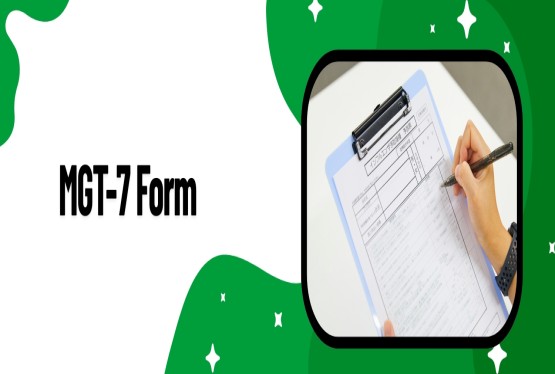





























































_crop10_thumb.jpg)
_crop10_thumb.jpg)



_crop10_thumb.jpg)


_crop10_thumb.jpg)





_crop10_thumb.jpg)

_crop10_thumb.jpg)














-suratgujarat-section-158_crop10_thumb.jpg)
-suratgujarat_crop10_thumb.jpg)
-(33)_crop10_thumb.jpg)



-ahmedabad_crop10_thumb.jpg)
-learn_crop10_thumb.jpg)

-learnn_crop10_thumb.jpg)



























































_crop10_thumb.jpg)















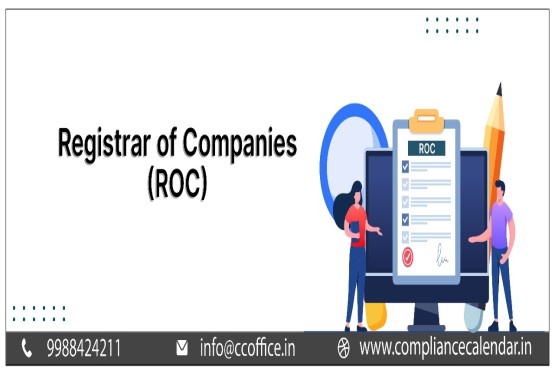






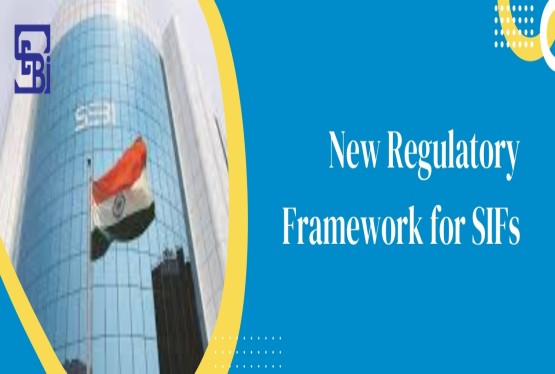
_Guidelines_learn_crop10_thumb.jpg)























_learn_crop10_thumb.jpg)
_crop10_thumb.jpeg)










_crop10_thumb.jpg)




_Second_Amendment_Rules,_2025_learn_crop10_thumb.jpg)







_learn_crop10_thumb.jpg)






















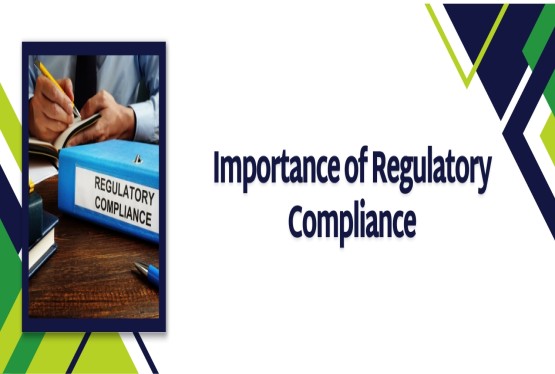








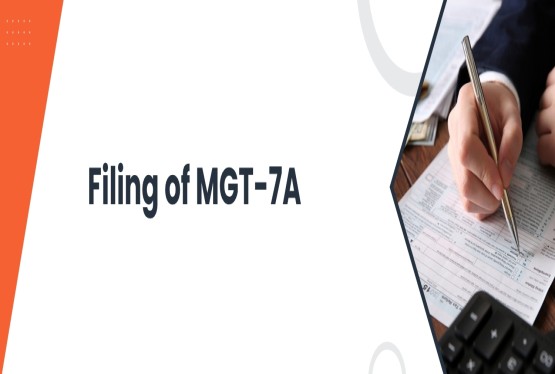
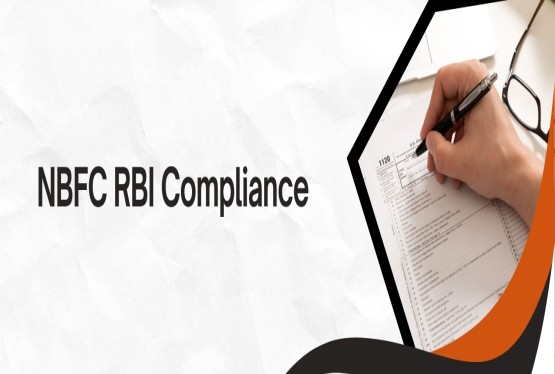





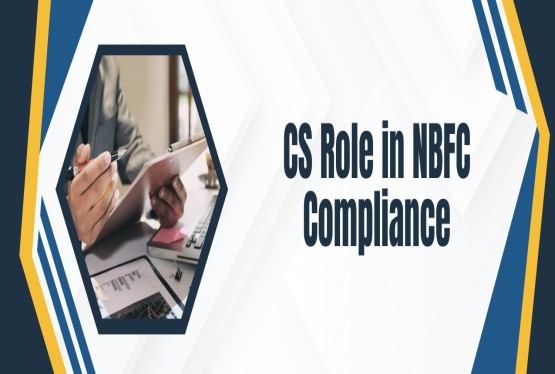

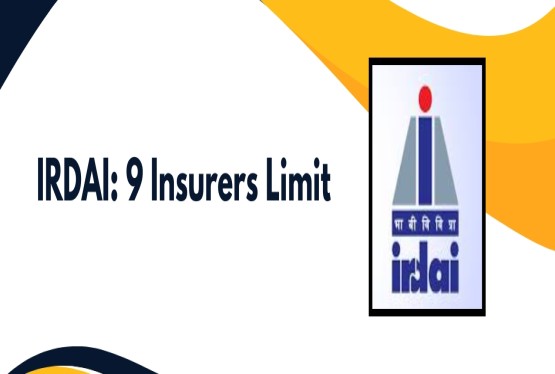


_learn_crop10_thumb.jpeg)

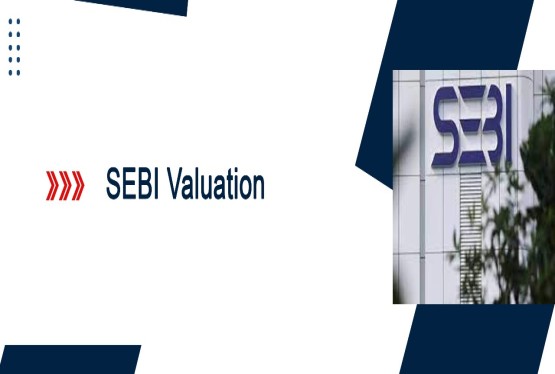


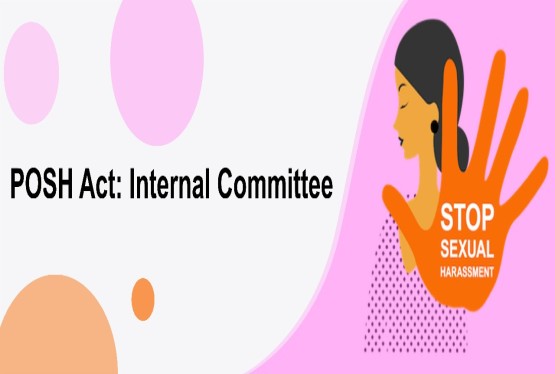
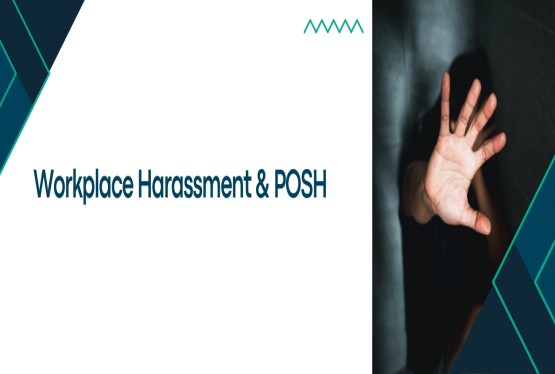
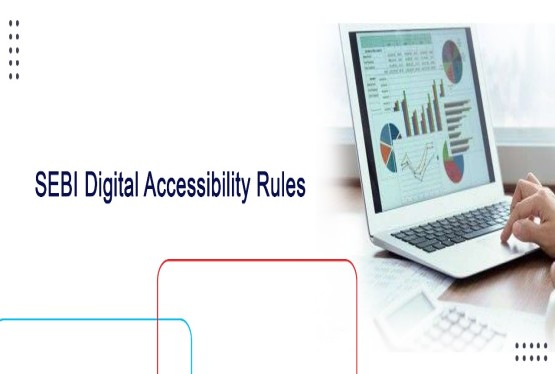


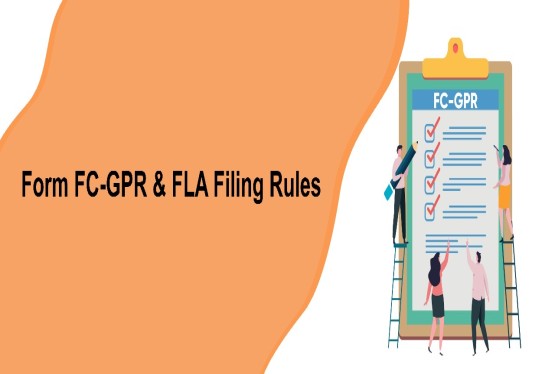
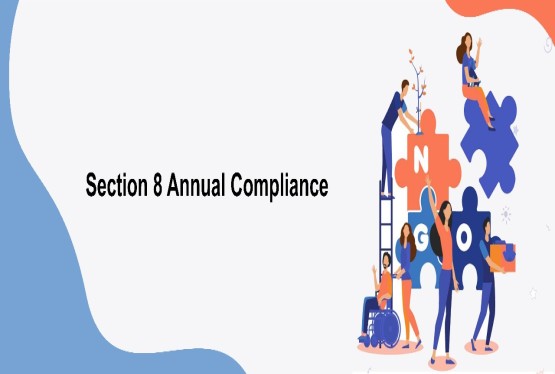
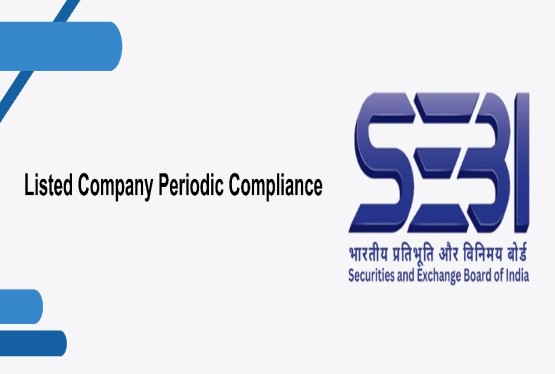


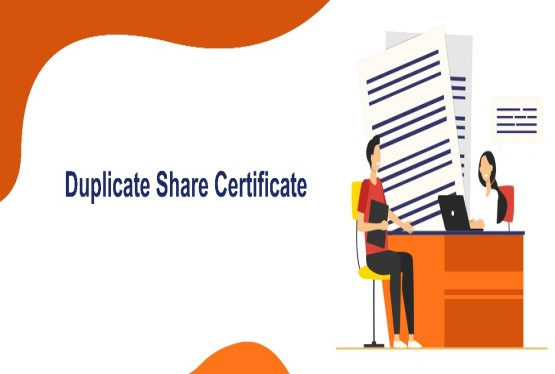

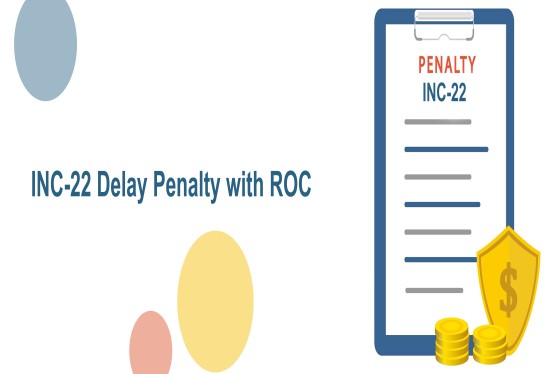


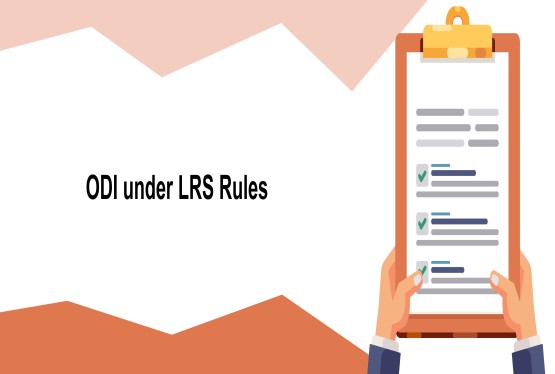
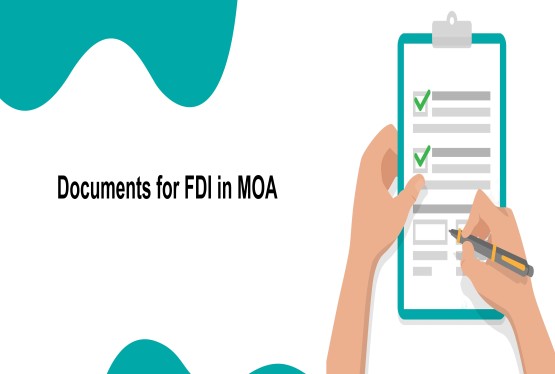


_learn_crop10_thumb.jpg)
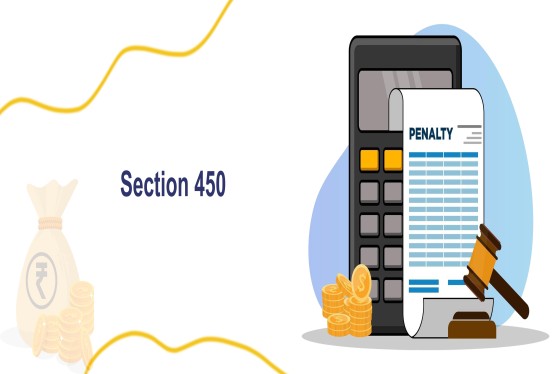

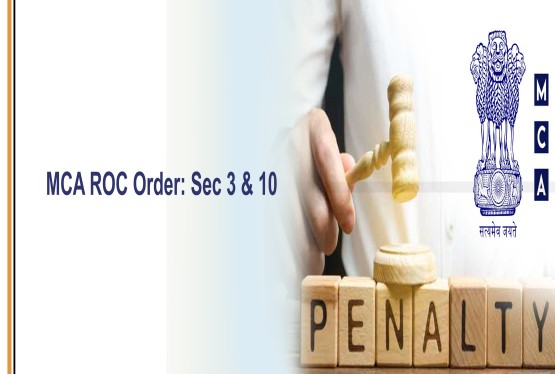
_rd_roc_learn_crop10_thumb.jpg)
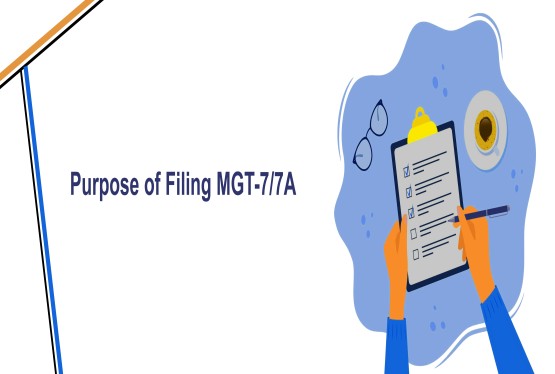



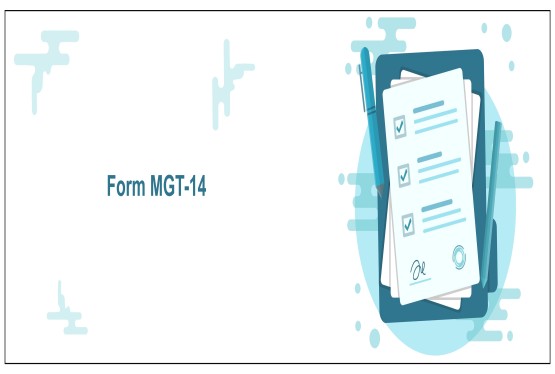
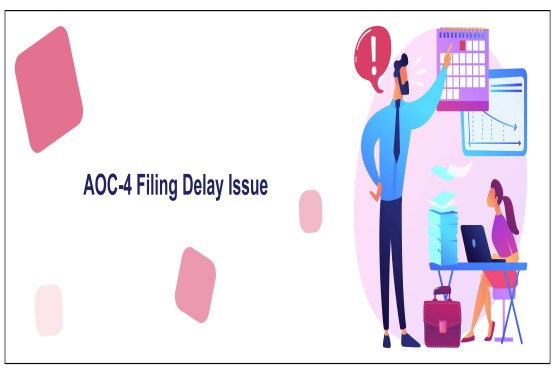
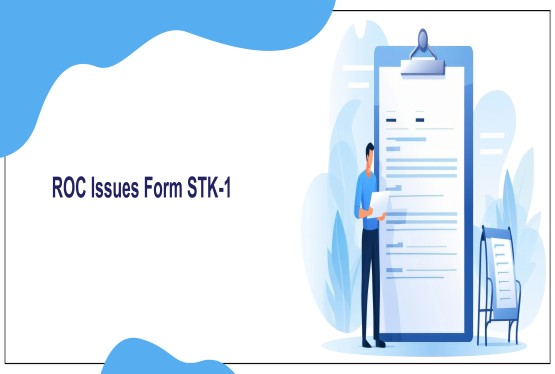



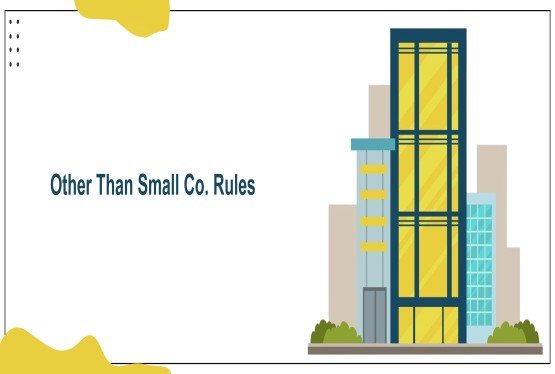


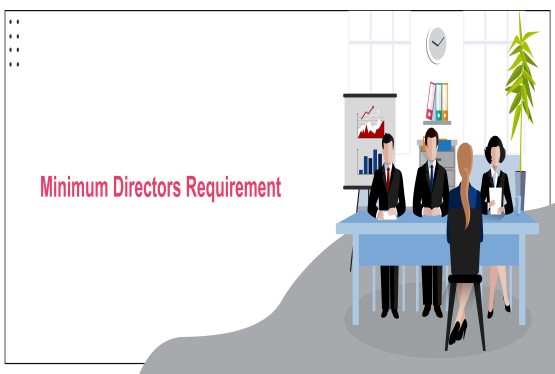

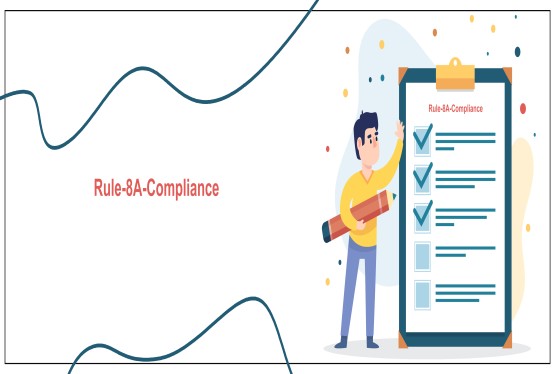
_learn_crop10_thumb.jpg)
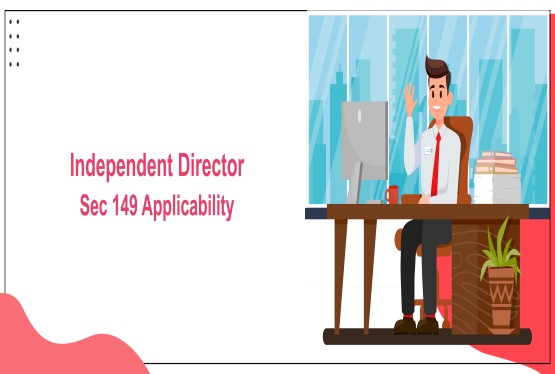
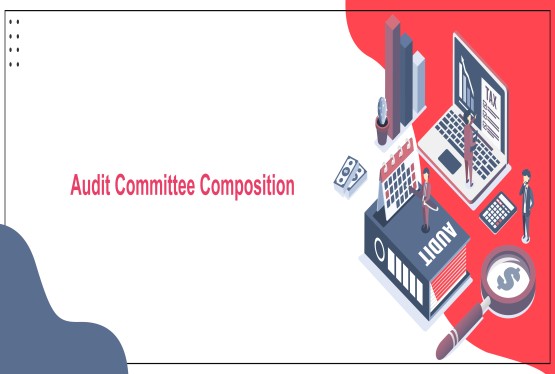
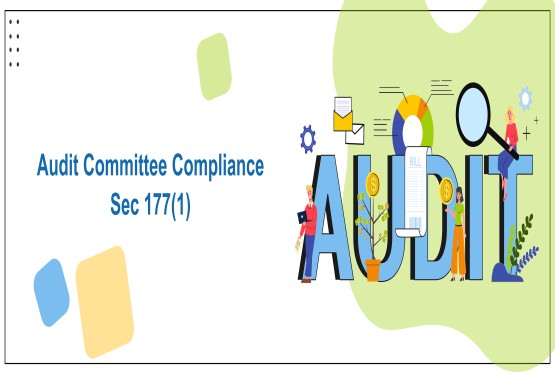



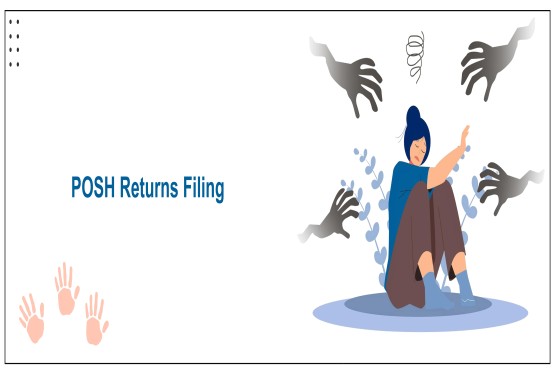
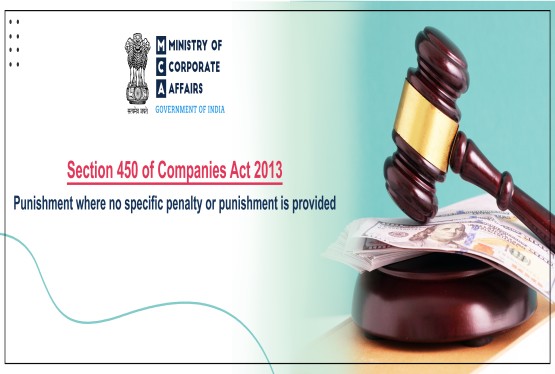

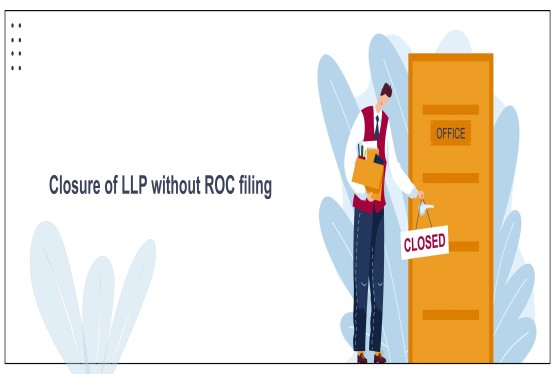


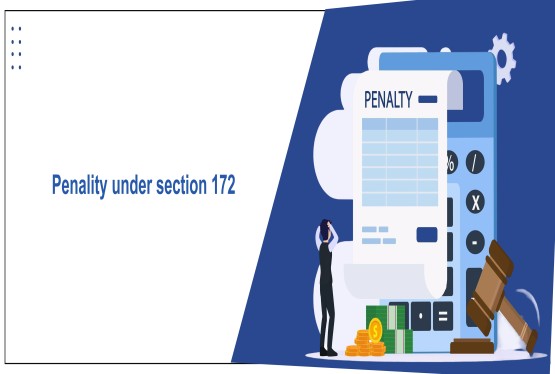

_learn_crop10_thumb.jpg)
_Learn_crop10_thumb.jpg)

